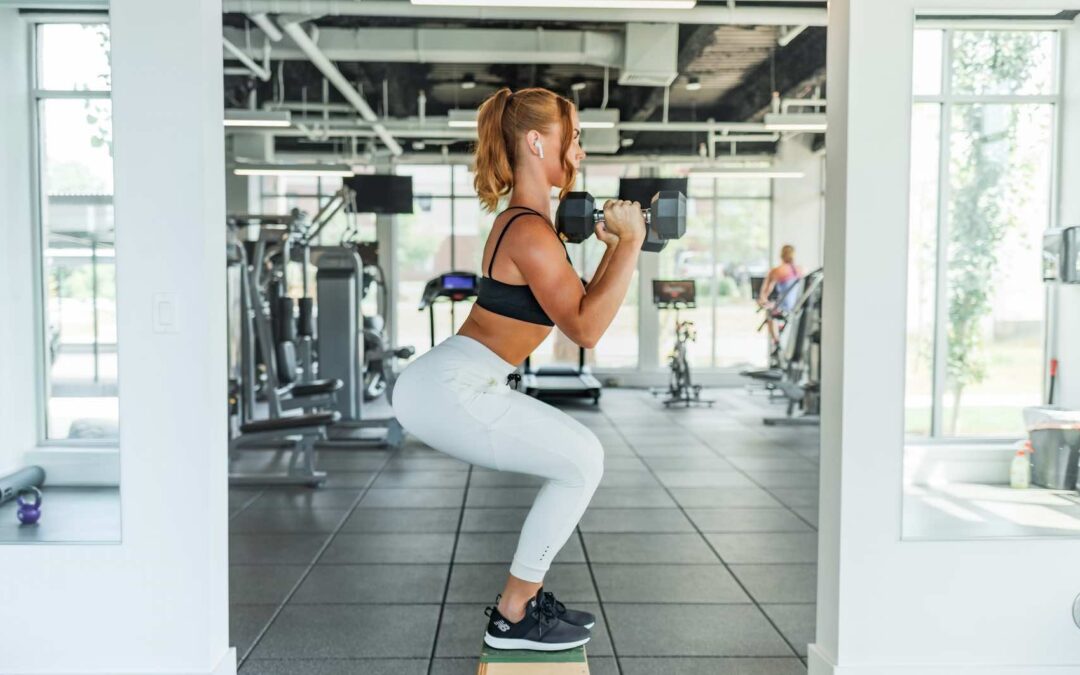Free weights remain a cornerstone of any home or gym workout routine, offering versatility and effectiveness that’s hard to beat. As more fitness enthusiasts opt for home gyms, the used market for free weights has flourished. But how do you distinguish the steals from the scrap? Dive into essential insights and discover what to watch out for when purchasing second-hand free weights.
1. Consider the Material:
Not all weights are created equal. Iron, neoprene-coated, rubber-encased, or urethane-covered – each material offers distinct advantages. While iron is durable, rubber or urethane coatings can protect floors and reduce noise. Check for any peeling, cracks, or damage to the coating.
2. Examine the Handle Grip:
For dumbbells, the handle’s grip is crucial. A knurled grip prevents slippage during sweaty workouts. Ensure the grooves are still well-defined and not worn out, indicating excessive use or potential mishandling.
3. Beware of Rust:
While a bit of surface rust might not be a deal-breaker and can be cleaned, deeply pitted or corroded weights can compromise the metal’s integrity. Plus, they can be a nightmare for your home’s flooring.
4. Confirm Weight Accuracy:
It’s not uncommon for used weights to have been dropped or mishandled. Before buying, use a scale to ensure they still match their labeled weight. A minor deviation is typical, but significant discrepancies can affect workout balance.
5. Secure Collars and Adjustments:
For adjustable dumbbells or barbells, inspect the locking mechanisms. A malfunctioning collar not only impacts your workout but can also be a safety hazard. Ensure smooth operation and a firm grip when locked.
6. Brand Reputation:
Some brands are renowned for their durability and design. Before purchasing, research the brand’s reputation and reviews. While a well-known brand isn’t always synonymous with quality, it can often indicate better manufacturing standards.
7. Check for Odors:
Rubber or neoprene-coated weights can sometimes emit a strong odor. While this is standard for new weights and fades over time, persistently pungent used weights might indicate low-quality material or potential mold/mildew presence.
8. Evaluate the Price Point:
Though you’re aiming for a bargain, suspiciously low prices might hint at potential issues. Compare prices across various sellers to get a feel for the going rate and ensure you’re not compromising quality for cost.
9. Safety First:
Especially for heavier weights, ensure they have been stored adequately. Weights stored in damp conditions or left outside can have compromised structural integrity, even if they appear sound on the surface.
10. The Return Policy:
Buying from a place (or individual) that allows returns provides an added layer of security. Sometimes, issues become evident only during use, so having the option to return or exchange can be invaluable.
Conclusion:
Buying used free weights can be both eco-friendly and wallet-friendly. However, ensuring you’re bringing home equipment that is safe and effective is paramount. By keeping an eye out for the details and prioritizing quality, you can build a home gym that supports your fitness journey without breaking the bank. Always remember, it’s not about finding the cheapest option, but rather the best value for your investment. Happy lifting!

